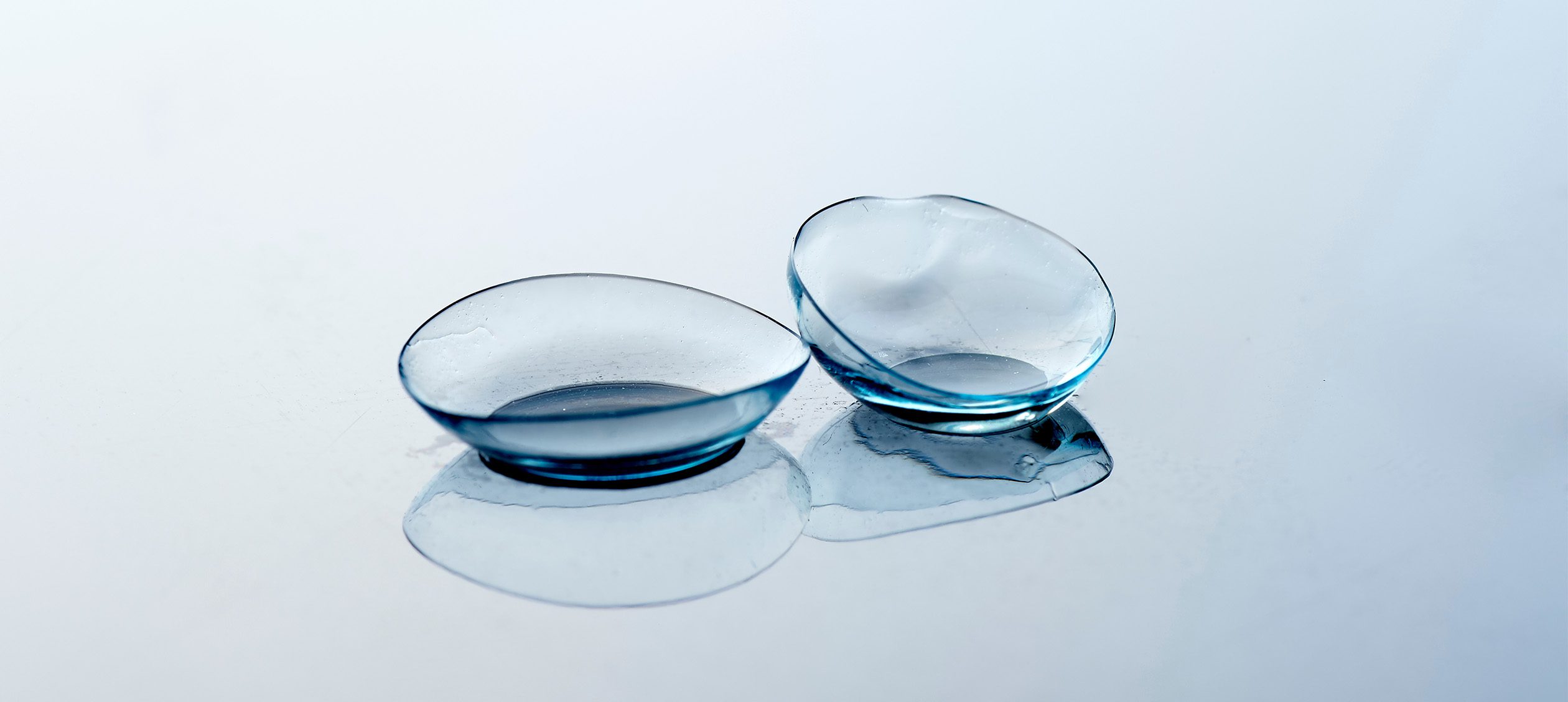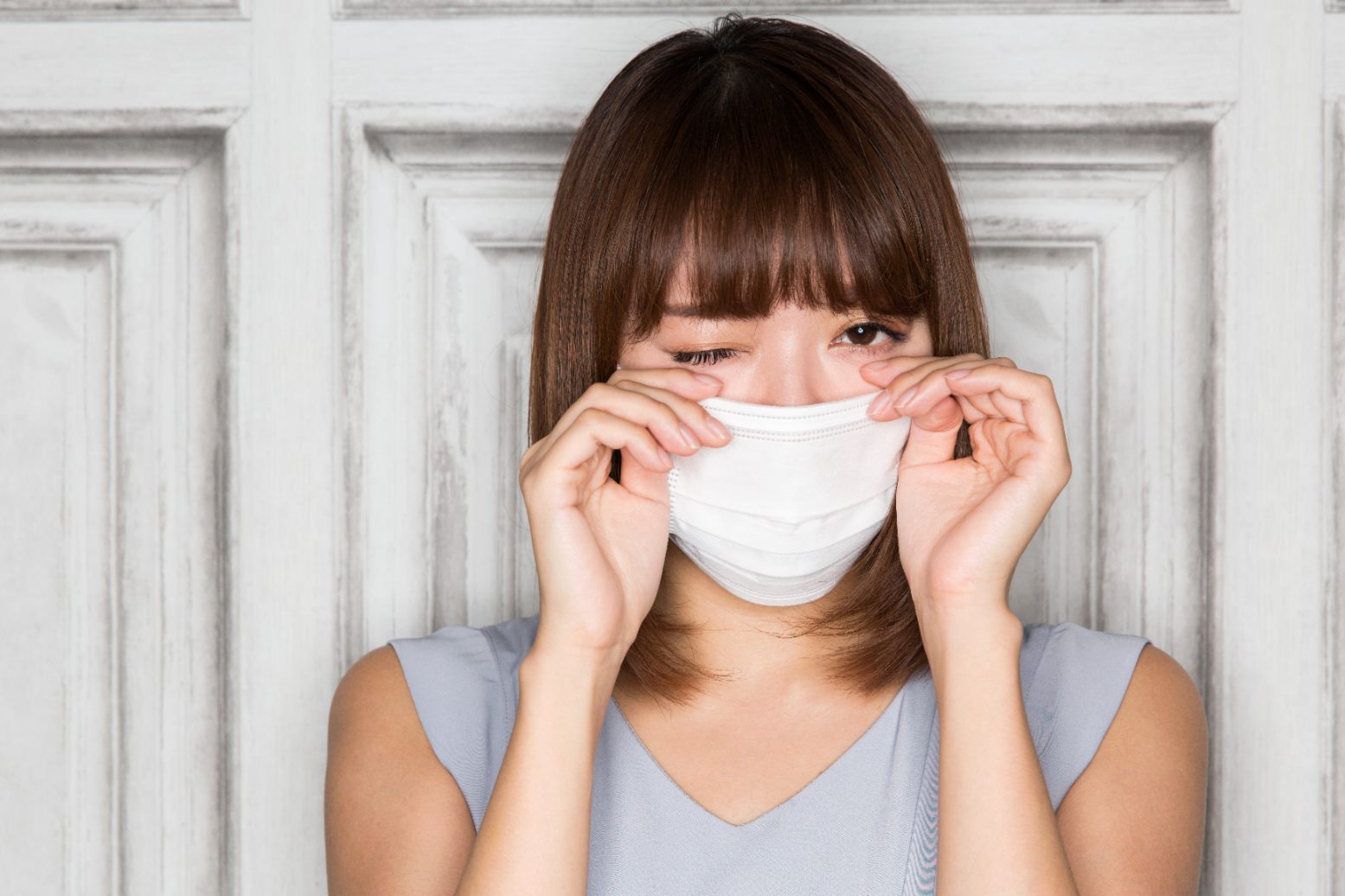
Eye health
Receive a $300 Rebate for Your Children’s Glasses and Lenses
Launched on September 1, 2019, the program provides financial assistance to help families cover the cost of prescription glasses or contact lenses for their children.
Get guidance from our vision care team on subjects like visual wellness, preventing eye diseases, the current trends in eye care and glasses frames and much more.

Eye health
Launched on September 1, 2019, the program provides financial assistance to help families cover the cost of prescription glasses or contact lenses for their children.

Eyewear
We believe this fascinating process deserves attention. High-quality glasses go beyond just correcting vision—they also represent an investment in comfort, style, and durability.

FAQ
When you suffer from vision problems, it is necessary to go to an optometrist to have your eyes checked. You will then have the choice between wearing glasses or contact lenses. What to choose between these two solutions?

Eyewear
New year, new style! And what could be better than a new pair of glasses to start the year under the best look. VU guides you through the major eyewear trends of 2022 for the hottest look!

Advices & tips
Do you suffer from fatigue, dry eyes or headaches? Are your eyes red, itchy or scratchy? This may be one of the effects of overexposure to screens and the blue light that comes from them. VU, your optician specializing in eye disorders and dryness in Montreal, will explain how anti-blue light lenses work and how they can help you.

Eye health
Are your eyes red? We'll explain the majority of causes to you and how to fight against this phenomenon.

Eye health
Have you ever had dry eyes since wearing a mask? In this article, we explain everything about the effects of the mask on dry eye syndrome, and how to fight this condition.

Eye health
Do you suffer from dry eyes? This could be an effect of working from home! Find out how to fight this phenomenon with VU.

Advices & tips
When telecommuting, our eyes are constantly exposed to screens for many hours, which leads more and more people to experience eye strain. It is therefore important to know a few anti-eye strain tips and tricks in order to set up a good telecommuting routine and avoid the unpleasant symptoms of eye strain.
![Les tendances lunettes de soleil [été 2021]](https://b3691665.smushcdn.com/3691665/wp-content/uploads/2021/05/Les-tendances-lunettes-de-soleil-ete-2021_blog.jpg?lossy=1&strip=1&webp=1)
Eyewear
Spring is here, and we can finally pull out our summer looks! Whether it's for a casual stroll or a sunbathing session on the terrace, sunglasses remain a must-have fashion accessory. The spring/summer 2021 sunglasses trends are very diverse this year, whether it's in style, shape or color. Our eyewear experts have prepared a guide to this season's sunglasses trends. Get your glasses!

Advices & tips
There are a few technologies for the treatment of dry eye syndrome. IPL or Lipiflow, which one to choose and why? [with comparative table]

Eyewear
Optometrists at VU will help you find a pair of sunglasses that's trendy for the winter season and that perfectly suits you.